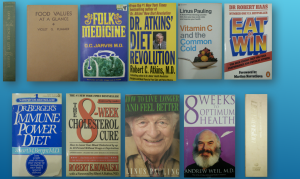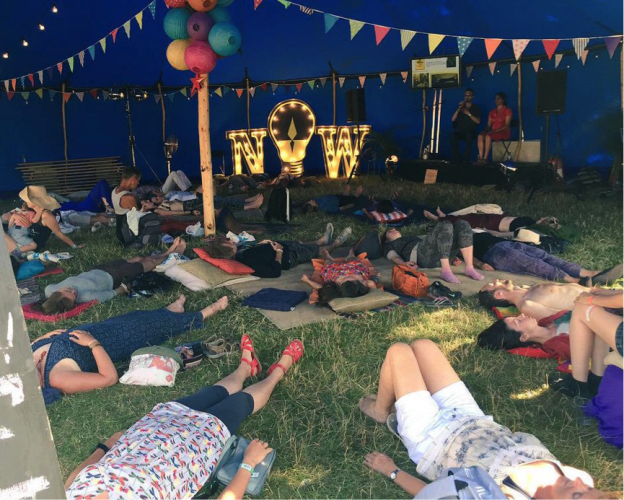Deborah James
I don’t know whether it was the vibrant colours, the softness of the felt, or the fragility of the fabric that made Claudia Stein, Research Director of WHO Europe, reach out and take the weave from my hands last year in Newcastle upon Tyne at Fuse’s International Conference on Evidence in Impact in Public Health (http://www.fuse.ac.uk/events/3rdfuseinternationalkeconference/). She stood there in front of me, holding the weave; silent for a moment, looking down and then responded, “This is the next generation of healthy children”. I was delighted. She got the metaphor.
The weave was a co-creation of the early years’ workforce from health and social care in the NHS England Cumbria and Tyne and Wear region. The project, funded by NHS England, was designed to support the health visiting workforce during the transition of their commissioning from the NHS to local authorities. In 2015, when we were designing the project, we didn’t know how the wave of austerity in public health would be felt on the ground, but we knew that the transition of commissioning, like any change, would produce both gains and losses. During times of change, we narrate our identities to help make coherence through the chaos. With this in mind, we designed a series of large workshops across the region that focused on perspective taking. I wanted the workshops to provide a space for reflection so that each person could narrate the motivational force that led them into their respective work roles. A time to stop and think about themselves – their story line, and I also wanted to find out how they used the perspectives of service users in the construction of meaning in their own work. In addition, the workshops were designed to provoke curiosity about the system leadership that created the context for the changes they were facing. Could they see the change from the perspective of the policy makers who had called for action?
About 100 people from the health and social care workforce came together in five events across the region. In the workshops, the practitioners and workers shared their examples of best practice, worked on developing a shared understanding of the common purpose of their work in small groups, and fed back their ideas individually about the meaning of their work from multiple perspectives (themselves, their colleagues, and service users). More details about the project are here; (https://www.northumbria.ac.uk/media/6588781/supporting-transition.pdf). The participants created the metaphor as they wove their line, their story line on fabric in with the other participants’ fabric. This was the integrated health and social care workforce; an enactment of narrative testimony and witness that drew the subjects into a collective. People, connected with other people, speaking from the inside of themselves – speaking from the first person perspective.
Like the workers weaving their story lines, the first person position is the place from which I can access my own values, beliefs and unique understandings of the world. But the first person is also the place from which I give voice to my unformed thoughts, to my not knowing and even to my chaos. It is the first person position that I need so speak from if I stand any chance of creating generative outcomes from the narrative interface with someone else. The first person position is the antithesis of the third person specialist position, the place that, as academics or professionals, we normally set up for ourselves. I think it is an act of courage to speak from the first person. Speaking from the first person reveals something of who I am, whereas speaking from the third person reveals something of what I do. As Donald Winnicott said (1971), “’I am’ must precede ‘I do’, otherwise ‘I do’ has no meaning.” It strikes me that many of our interventions in the early years start from an assumption that ‘I am’ is established (in the parents and in the child by the time he or she is ready for school). So, our interventions focus on the doing; ‘do this’, or ‘do it this way’, ‘best if you don’t do that’, or perhaps, ‘why do you do that?’ If the doing has no connection to the being there can be no generative sustained change from it. A more developmental set of assumptions might go something like this: our identities, the “I am”, are constantly evolving, that evolution is likely to be related to our ability to exchange positional perspective with another, and this positional exchange is probably most often achieved through story-telling. If these assumptions were robust foundations for supervisory practice, they would help the workforce articulate the mechanisms of change in their work with families. During the workshops, we used survey monkey to ask participants about their work. The health-visiting workforce usually found it difficult to accept the perspectives of other workers and the families on their role. When asked about what they did with families that brought about change, the overwhelming response was that they supported families. In the context of austerity, claiming and naming a supporting role with families is probably not enough to safeguard the ratio of relatively high payed/high skilled work roles. Critical reflexive supervision, with developmental assumptions about the identity work of the self and the other as outlined above could help develop a refined and specific articulation about how ‘supporting’ families leads to change during families own times of transition. It would also help make the case as to why investment in the early years’ workforce will create not only the next generation of healthy children, but also a more open society.
In the time since I visited Exeter in October last year and writing this blog, I fractured my wrist. It gave me time to stop and think. When I come to think now, when the truth of a previously trusted positional voice is being frequently questioned and challenged, I think that we, those who may influence intervention policy and practice in the early years, have an important role in resisting the present drive towards ‘telling how’. We need to rethink and examine how we can support the evolution of the person – the person who is capable of creatively adapting to the circumstances that cause suffering, the person who is able to act with relational agency to find a way through the chaos.



